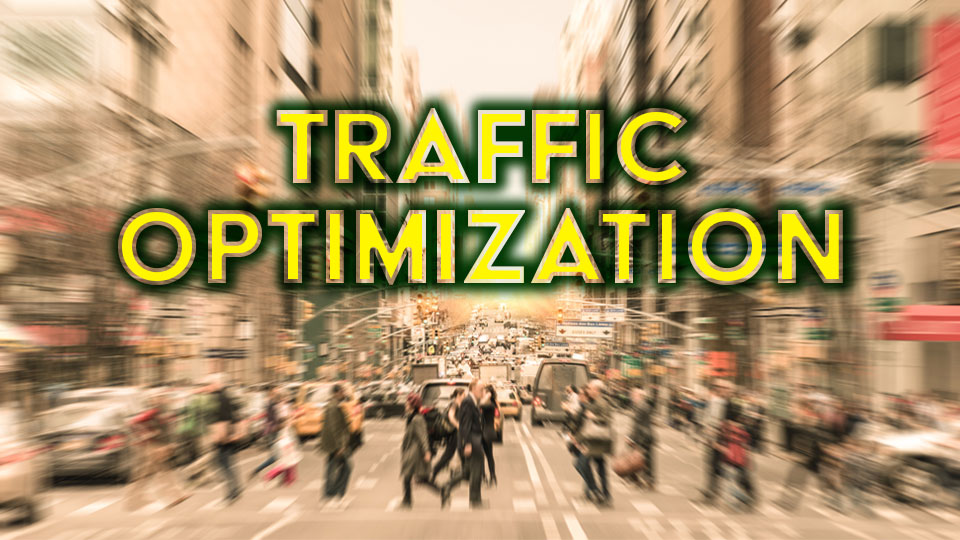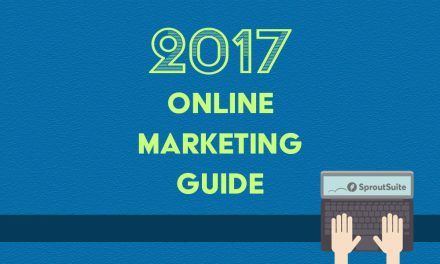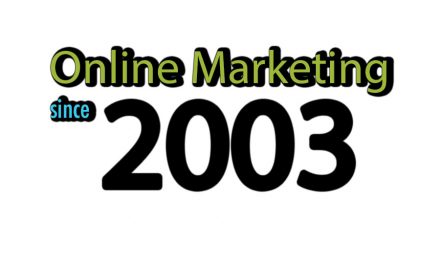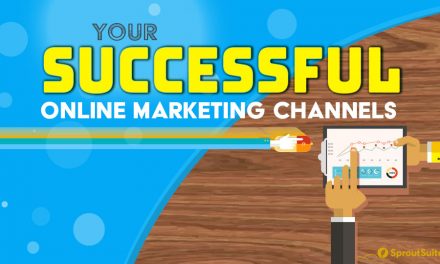In the previous issue of the guide I talked about three key online elements when playing the game of online marketing. We play with these elements:
- People
- Products/Services
- Places
These are now Who, What and Where.
So, how can we use this information to optimize our efforts/time, make more friends and more sales.
WHO
For the purpose of this article who means target audience. Who’s (plural of who) = different audiences.
Here are some conclusions and observations I made over the years concerning audiences:
- Your content dictates the type of traffic you will be getting. Point.
- That is valid for content on all channels, not just what you publish on your website.
- Gauge with more than just Visits: Expand your understanding of metrics behind simply tracking Visits. Learning how the other metrics relate to your brand will help in understanding what type of who’s are coming to your site. Don’t get me wrong, visits and shares are a very good measurement of brand awareness and are key statistics to track.
- Right who’s first: Channel you efforts in converting the already known, right who’s first. This is done by constantly improving the quality of your content (images, videos, articles, posts and ads).
- Shotgun approach (trying to cover as large an area as possible): If you plan on creating content or creating ads that are just aimed at a lot of traffic you may be wasting money/effort you could put in converting the already well known who’s. I would start shooting more broadly only once the budget permits.
- Crazy bodacious content: Create rad content focused on selling to the right who’s.
- When to reach further: Then you can always broaden your reach to find more niche nuances or even new audiences not even considered in the past. Search for those subtly different audience pockets. Same goes for branding, by the way.
- The quality of the who’s coming to the site will help with your conversion.
- Your conversion rate will increase with the right who’s.
- How to find your people is found in having a clear understanding what your brand is really all about. And vice versa, surveying your people will help fine-tune your content.
Above are some of the principles I apply in my marketing strategies.
Next we are going to combine the power of the Who and the What.
WHAT
The what is your product, your brand and pretty much everything that’s attached to it. See the previous article on marketing basics for more details.
- The right who married with the right what = increased conversion rate.
- A greater understanding of your brand will help formulate your content.
- Align content with both: your what and your who.
- Shape your brand’s creatives in a way that will attract the attention of the right audiences.
All the good work you will put in sculpting your brand’s content will help optimize your traffic.
There’s much more on branding and I will have a full article on that topic in June.
WHERE
Do we need to be everywhere on the web?!
Ideally, if you could build a rad website that converts just well, engage daily on social media, have great rankings on Google and other search engines, have a monthly budget for paid advertising, have a presence and endorsements on a variety of influencers’ websites, printing flyers or paying for billboard or showing up in some local papers (offline marketing) and have an a popular app, you would probably be in very good shape. The truth is that this is a lot of work and cost a bunch of money to create and maintain.
In the previous article I listed some of the common places where we can have an online presence. Here, I wanted to list a few tips on where to start:
- Find out what where’s (places) currently help generate the best conversion rate.
- Maximize: Improve your presence in those best where’s found above. Fully maximize the reach coming from those channels.
- Organic and Paid: For most clients, organic and paid ads are the two most important where’s. Though in an upcoming article I will be going over organic and paid traffic in details, I recommend including both in your marketing efforts and budget. One of my clients gets 95% of his new clients through paid ads and only spends about $500/month in advertising. Seeing that their organic ranks are not so good, paid ads makes a world of difference. I recommend buying ads even if your budget only allows for $100/month. Though some marketing agencies may be bragging to have generated all their reach and income only from organic traffic, it is not a optimal strategy for every client or situation. And though I’m a huge fan of organic, it’s not the only way to go. So I encourage to have a budget for paid ads.
- A money-maker move is to invest time discovering where your audience is engaging. I’d say that’s one of the greatest recommendations I could give you. And that would include keyword research.
- Each keyword could be considered a where.
- Discovering the right groups, forums and platforms will help increase quality traffic to your selling point.
On the site, make it easy to find those where’s
- Reduce the number of clicks to the exact where want them to get to such as forms filled out, brochure downloads or items purchased.
- It’s important to know the where’s on your website. Sometimes we spend time just locating the perfect where on a page and it usually pays off. The where on the page can be improve with testing and using heat maps tools such as CrazyEgg.
- Then there’s the eye control. We decide what we want our visitors to see. Control the attention of visitors to exactly what you want them to see first, second, third and so on. Show them the exact where to go.
Each page on your site could be considered a where. And for that matter all the different places on each page are all different where’s.
Test, analyze and implement what will help increase conversion.
Traffic Goals
Set yourself traffic goals.
The most popular traffic goal is usually sales. Though realize that setting up other goals could become essential in discovering new sources of quality traffic.
A goal could be brand awareness. That is shooting broadly with the aim of getting more interest and finding new pockets of people.
Another traffic goal could be focusing on providing free tools. This can attract a lot of traffic and some of them would convert.
Set yourself traffic goals by channel that way you’ll be able to optimize the overall traffic.
On platform such as Facebook, you can get intense demographics information and you may want to set a goal of increasing the number of women between the age of 25-30 engaging on your page. That could immediately increase the sales. Set a goal for only that traffic channel.
Keeping track of these goals will definitely help getting a better understanding of the traffic and trends.
On-Site Conversion
I want to briefly go over site conversion.
When working on improving the conversion rate I like to look at who is engaging with us. It’s one very important factor.
Discovering the type of traffic that is interacting with your business will help in understanding your conversion rate.
You can create different pages within the same website with totally different conversion goals. One can be for brand awareness, another for handing out a free brochure and the others strictly focusing on the sale. So it’s important to know what are your conversion goals.
When looking at an existing page on a website, I find out what the purpose of that page really is and work on improving just that. I usually see an increase in performance when doing so. When creating a new site or new section on a site, I always keep those simple concepts in mind.
So conclusion: traffic optimization is a key factor in improving conversion rate.
Testing is Surveying
One more point I want to bring up. Today’s technology allows for very advanced testing of online traffic.
Surveys help to find out what people think, want and do. And though questionnaires/forms are absolutely some of the best ways to survey people, there are several other methods to gather additional data on/from them.
Surveying can be achieved through studying different metrics.
Today, a large chunk of survey data can easily be harvested by using online testing tools.
I predict that within the next few years testing will be an integral part of most popular platforms. MailChimp is an example of already integrating A/B testing as part of their package.
Start testing, start surveying. Then apply what you discover to your traffic optimization efforts.
So What Exactly is Traffic Optimization?
It could be summarized in just a few words. So now let’s all sing the definition together for some LOL:
It’s the right who who who and the right what what what combined with the right where where where!!!
That’s the simplicity of traffic optimization.
Next Issue:
April
What’s the Real Cost of Running Online Marketing Today?
Doing it yourself vs hiring, how much does it cost to hire, where are my efforts most profitable, and more.





